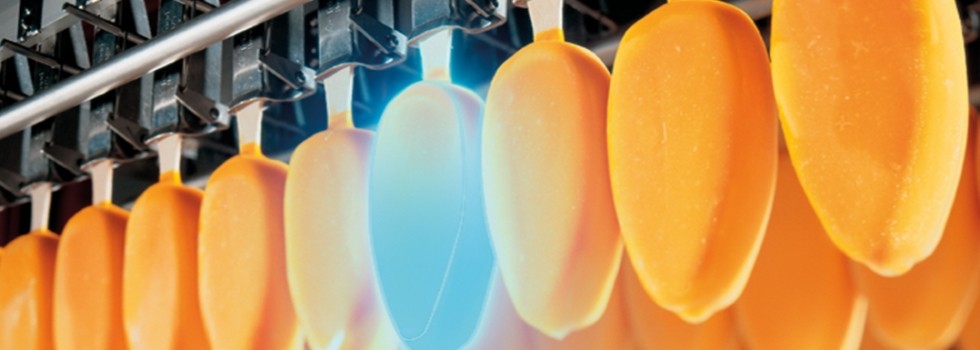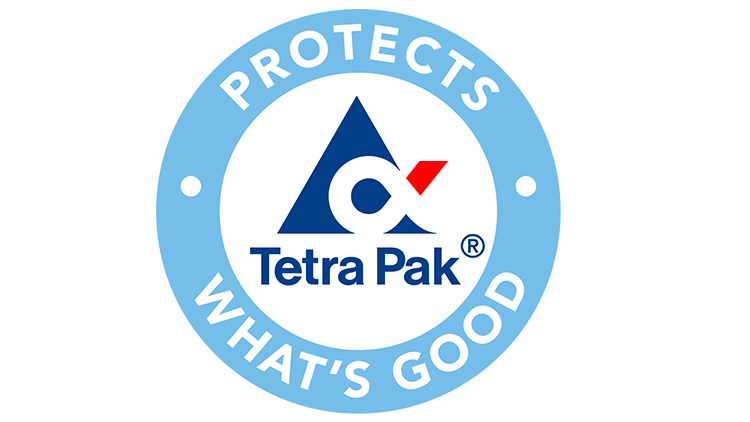Promotional Features
The future of ice cream is here: Discover the power of digital solutions
Digitalization is everywhere, offering opportunities – and challenges – to every industry. Looking at the ice cream industry specifically: which digital tools and solutions are at hand, and how can they benefit producers?
Digitalization processes are often described as journeys. And no journey is the same – every ice cream producer is in a different place on the digital highway, and all have their own unique needs and requirements. Every customer’s daily operations have specific challenges – that is what Tetra Pak’s ice cream experts base their approach upon when discussing the potential of digital tools. In essence, it is about cooperation, and it is about listening.
“To deliver value, we need to understand the customer’s operations, and how they want to use the data that digital tools can provide. It is important that we cooperate and customize, or even develop, solutions together with our customers,” says Elsebeth Baungaard, Ice cream Portfolio Manager at Tetra Pak.
A ‘start small’ approach
The concept of digitalization can be quite overwhelming. It can be perceived as a revolution where all established ways of working need to be thrown out the window. But does it really have to be that way?
“As we see it, utilizing digital tools doesn’t have to be extremely complex or complicated. A ‘start small’ approach where, for example, you concentrate on a defined area of your ice cream line, may be a good idea,” says Baungaard.
How to get started? A first step can be to simply monitor different parts of the lines to avoid misplacements leading to bad product quality and to make sure everything runs smoothly. Another option is of course to use more complex data collection and analysis right from the start.
But, in summary: it may be a good idea to move forward one step at a time.
Adding value where it matters
Digital solutions are not standalone entities. They are a part of a context – such as the equipment that makes ice cream, and the people who operate the machines. Ideally, digitalization should support operational efficiency, help improve the working environment, and enable learning and improvements.
This is why a deep understanding of the challenges of ice cream manufacturing is so valuable when implementing digital tools on the production lines. Take carbon footprint and sustainability targets, for instance. This is on the agenda for every player in the food and beverage industry.
Elsebeth Baungaard explains: “If we want to reduce waste and consumption of energy and water, we need to understand where we are today. We need data. By collecting data, we can learn, take action, and meet targets. Digitalization is of course an enabler here. This is already happening, and if we look a few years ahead, more and more customers will want data to measure their carbon footprint.”
Data can provide insights into many different areas. It makes it possible to get all the details on specific production runs – exact timings, temperatures, and so on. The insights can be used to analyze, to optimize and to make operations more efficient. But how do you know what is actually useful? As Product Manager Steen Gyldenloev sees it, Tetra Pak can help navigate the streams of information – and offer help on a continuous basis.
“After installation, we do regular follow-up sessions with the customer to make sure they get the right data as specified for their production lines. We see it as our task to help customers relate to the data, see the benefit of it, and understand that this is data they can trust,” Gyldenloev says.
“For example, it can help operators when there is a problem on the line. We have solutions that offer great help in both localizing errors, and also in identifying production areas that could be optimized further.”
The portfolio
Tetra Pak’s digital solutions for ice cream production are available both as upgrades of existing lines, and as the installation of new lines. The portfolio consists of solutions for monitoring, as well as more complex tools for data collection and analysis:
- Ice cream Line Insight™ produces fact-based reports by collecting data from hundreds of data points. In turn, this provides insights that enable good decision-making. The solution is secure, easy to use and functions as a basis for improved ice cream line efficiency. Ice cream Line Insight™ can be adapted to meet specific customer needs.
- Ice Cream Data Gateway connects a data collection system to the machines in an ice cream line. The relevant and standardized data facilitates deepened production insights.
- Ice cream Position Assist uses laser sensors to measure the position of ice cream products and sticks. The solution enables early detection of product position issues and makes it easier to avoid a product going to waste – the early notifications mean the operator can make needed corrections before products enter the hardening tunnel.
- Ice cream Cone Filling Assist is based on the same principles as Ice Cream Position Assist, but this is sensor-based and is targeted to filling units and lines. The system ensures precision-perfect products by analyzing the position of the chain pins that hold the trays – the ice cream is always filled in the centre of the cone. Ice Cream Cone Filling Assist can also be used for sandwich products, where the system checks the position of the biscuits on the tray.
- Ice cream Video Care is a monitoring solution that adds visibility of the production process with up to 16 cameras along the line. The solution makes it possible to monitor inaccessible and ‘hidden’ areas, such as the hardening tunnel and parts that are behind safety covers. This makes it possible to identify potential problems early, and thereby reduce waste.
Considering Tetra Pak’s diverse range of digital solutions, it is clear that the journey metaphor is a fitting description of digitalization processes. As every ice cream producer has unique requirements, many producers have already discovered and embraced the benefits that digital solutions can bring.
In other words: there is a good chance that the journeys will be fruitful.




